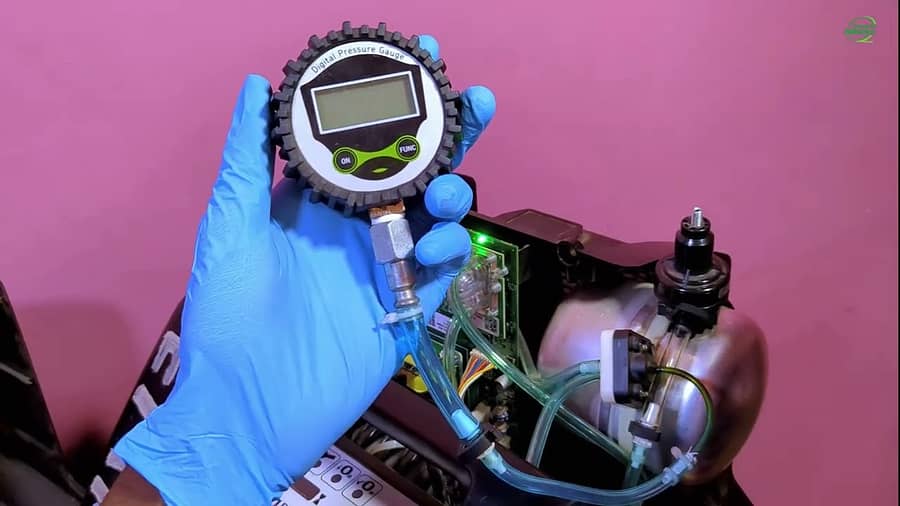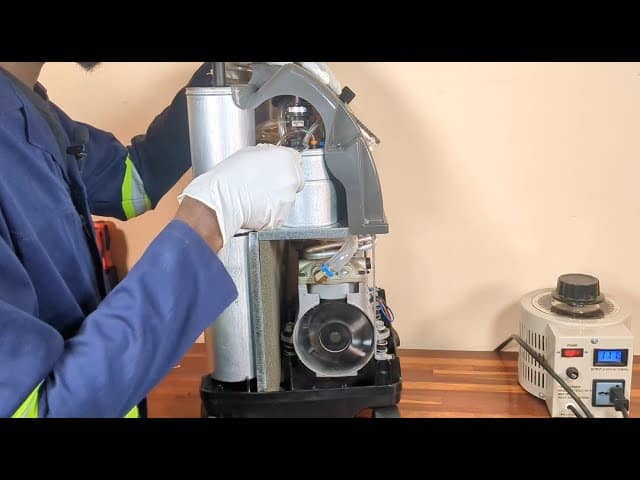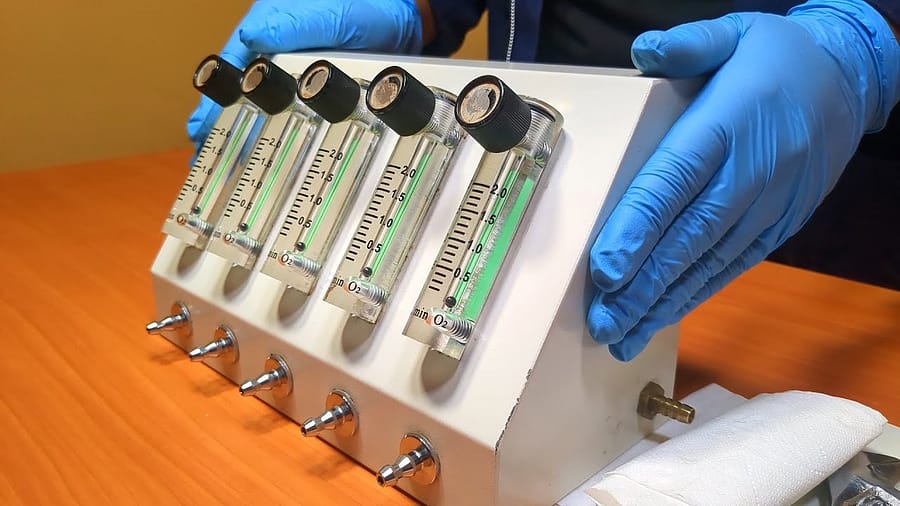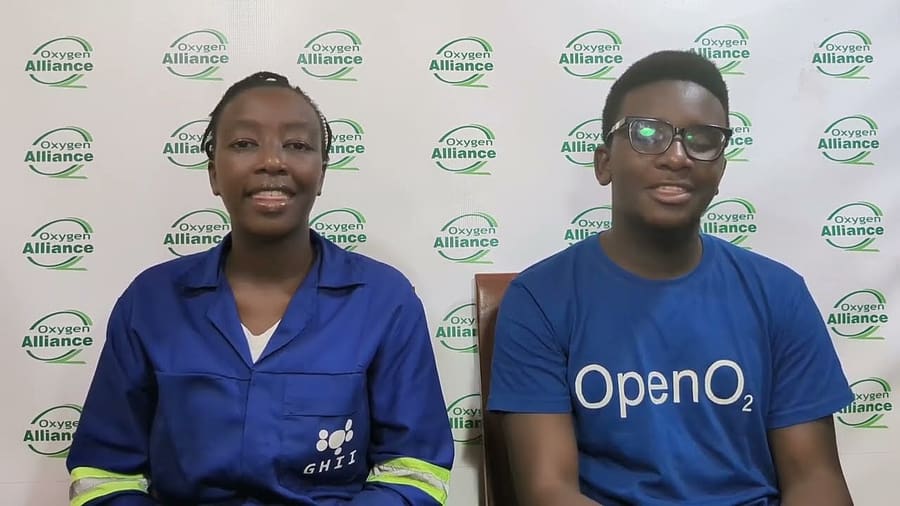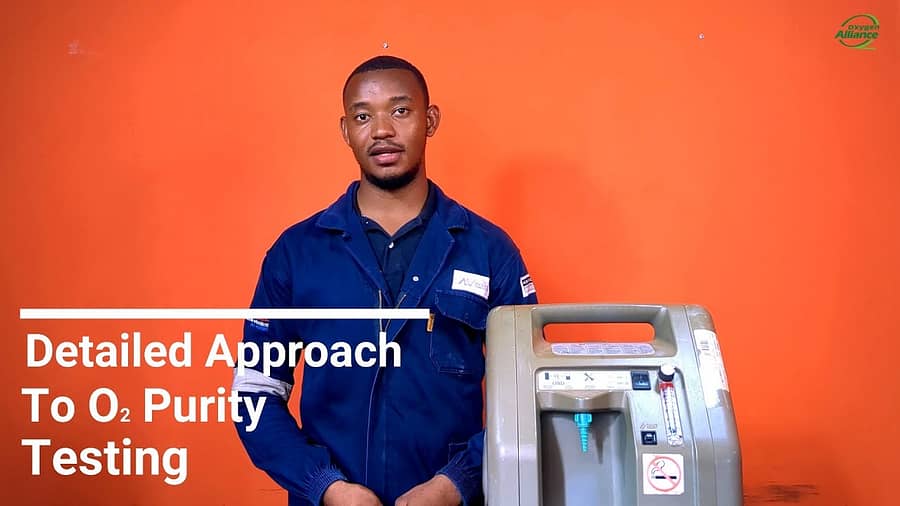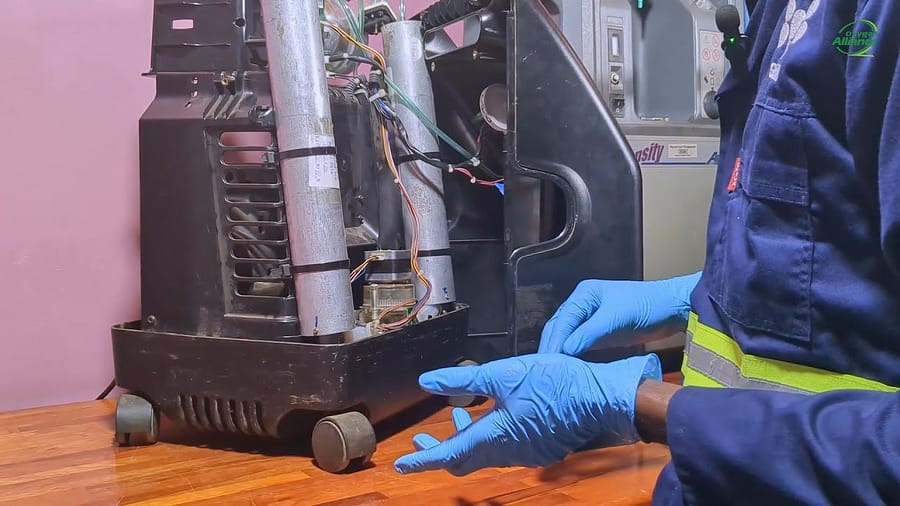In the global effort to end preventable deaths from a lack of oxygen, the oxygen concentrator has emerged as a game-changing technology, especially in low-resource settings. These devices, which produce medical-grade oxygen from the ambient air, are a lifeline for patients in hospitals and clinics across Africa and Asia. Their promise is often cut short by a harsh reality: high failure rates due to environmental challenges and a lack of maintenance infrastructure. Studies show that humidity is a key factor in causing concentrator malfunction. This is a life-or-death issue. Our recent webinar, featuring the pioneering work of OpenO2 in Malawi, showcased a revolutionary approach to maintenance that is keeping these vital devices running against the odds.
The Challenge
The OpenO2 team laid out the stark challenges they face on the ground in Malawi. This “perfect storm” is mirrored in many LMICs:
- A Flood of Different Models: A lack of standardization means a bewildering variety of concentrator brands and models. This makes it nearly impossible to stock the right spare parts or provide universal training.
- Broken Supply Chains: Critical components, like the zeolite that filters the air, are not produced locally and must be imported. This leads to long delays and high costs.
- A Dearth of Data and Tools: The absence of maintenance records makes troubleshooting a guessing game. A lack of essential tools like oxygen analyzers means quality checks are often skipped.
The result is a graveyard of broken concentrators and, tragically, preventable deaths. The Lancet Global Health Commission found that in sub-Saharan Africa, a staggering 91% of patients who need medical oxygen do not get it. Keeping existing concentrators functional is a critical first step to closing this gap.
The OpenO2 Playbook
Faced with these systemic barriers, the OpenO2 team moved beyond identifying problems to engineer solutions. Their approach, detailed in the webinar, offers a powerful playbook for others:
- Taking Control of the Supply Chain: Instead of buying expensive, pre-packed zeolite cartridges for each model, they purchase zeolite in bulk. They have developed an in-house system for refilling the cartridges themselves, a move that dramatically cuts costs and increases availability.
- Ingenious Local Manufacturing: For concentrators with non-refillable cartridges, they designed and manufactured their own custom replacement end caps using a CNC machine. This approach turns a dead-end into a sustainable solution.
- Data-Driven Maintenance: They implemented a comprehensive documentation system using simple labels and a sophisticated mobile data collection platform (ODK). This system tracks every device, every repair, and every outcome. This data is now being used to advocate for policy change and standardization.
- Bringing the Workshop to the Hospital: Recognizing that many facilities lack dedicated workspace, they converted buses into mobile workshops. These are fully equipped with tools, parts, and power, allowing them to perform complex repairs on-site.
From Scavenging Parts to Reshaping Policy
The OpenO2 story is a powerful testament to the impact of combining technical ingenuity with a deep commitment to health equity. They are building a resilient, sustainable system from the ground up. Their work proves that with the right strategies, we can overcome the immense challenges of medical equipment maintenance in low-resource settings. By investing in local innovation, empowering technicians, and using data to drive systemic change, we can ensure that every oxygen concentrator delivers on its promise: the simple, profound gift of breath.
Discover the full story of OpenO2’s innovative work by watching the webinar



